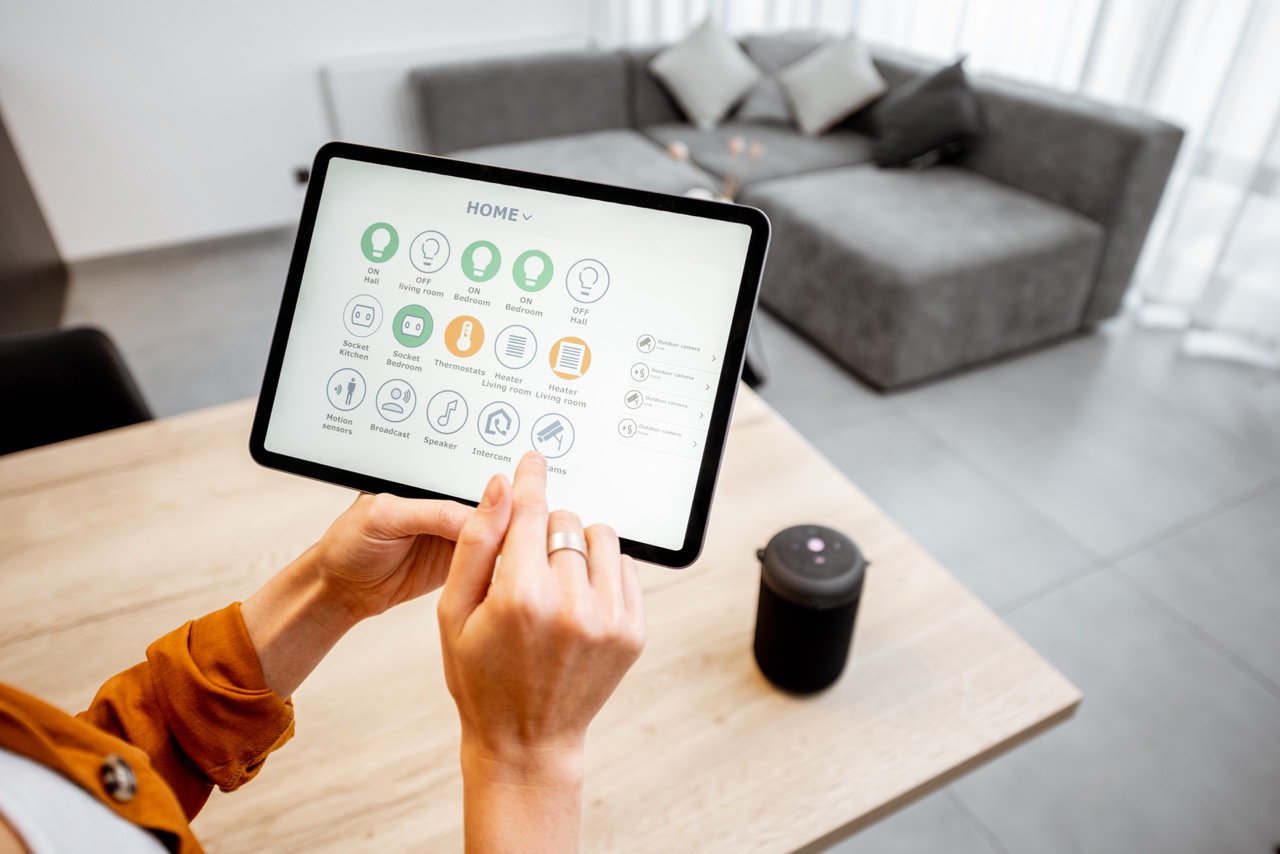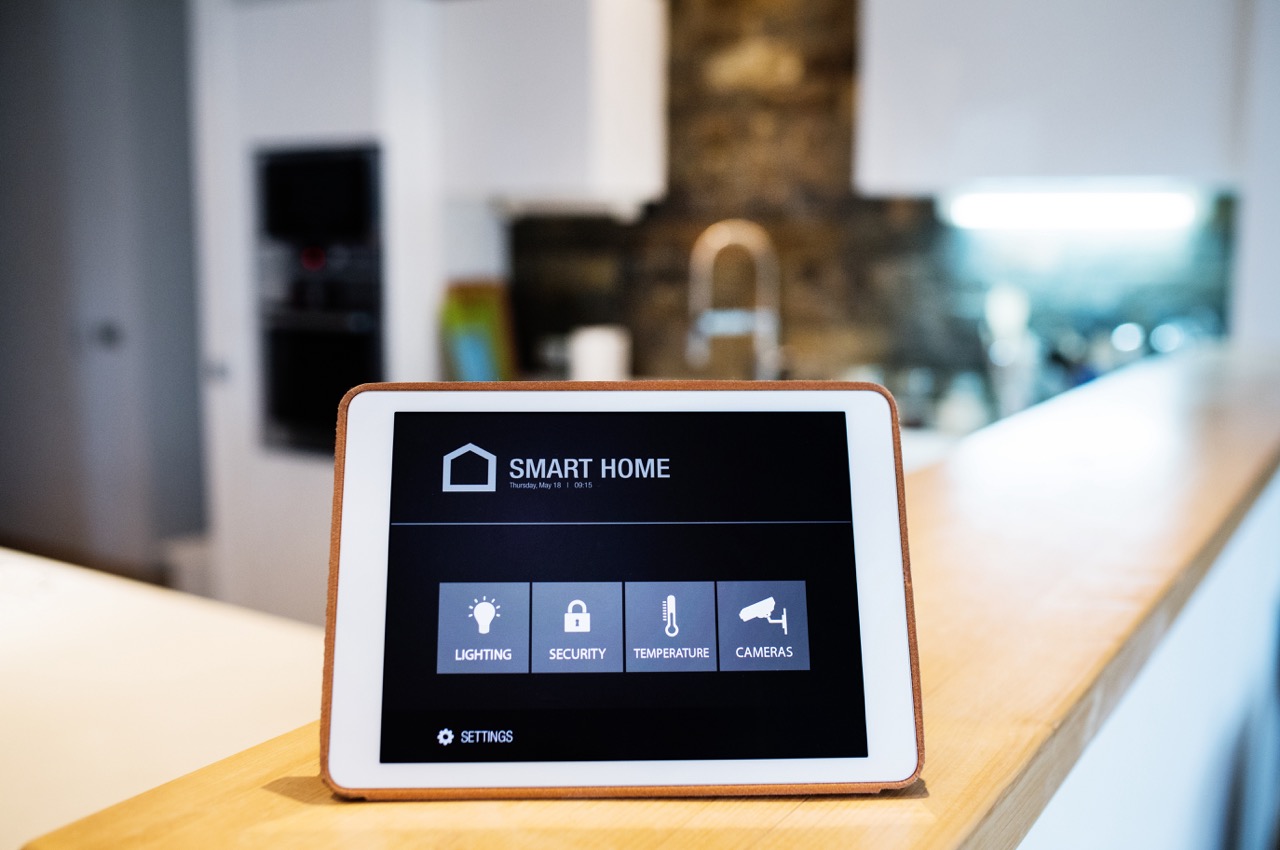In an age where technology seamlessly integrates into our personal lives, fitness trackers and smart wearables have become ubiquitous, heralded for their ability to monitor health and enhance daily routines. However, beneath their glossy exteriors and promises of a healthier lifestyle, these devices raise significant privacy concerns that are often overlooked. As we strap these gadgets onto our bodies, it’s crucial to ask: What is the cost of their convenience? This article delves into the risks associated with fitness trackers, evaluates the safety of our data, explores the hidden costs of these devices, examines the extent of user consent, and discusses the broader implications of their data tracking capabilities. Finally, it offers practical steps to secure your personal information, urging a mindful use of these advanced technologies.
Evaluating the Risks of Fitness Trackers
Fitness trackers, while beneficial in monitoring health metrics like heart rate and sleep patterns, also pose significant privacy risks. These devices collect vast amounts of personal data, which, if accessed by unauthorized parties, can lead to identity theft or even blackmail. The risk increases as the data is often stored on cloud services with varying levels of security. Furthermore, the integration of these devices with smartphones and other IoT devices creates multiple entry points for potential cyber attacks, making users’ data more vulnerable to breaches.
The data collected extends beyond just health metrics; many trackers also record location data, providing a detailed log of a user’s movements. This level of detail can paint a very personal picture of an individual’s life, which becomes problematic if this sensitive information is mishandled or sold without consent. Moreover, the ability of third parties to access this data from fitness tracker companies—either through partnerships or data breaches—poses an additional layer of risk, making users susceptible to unanticipated privacy violations.
Despite assurances from manufacturers regarding high standards of data protection, incidents of data breaches involving personal data from fitness trackers continue to surface. These breaches not only compromise personal privacy but also erode trust in these digital tools, making it imperative for users to be aware of the risks and engage with these technologies cautiously.
Data Privacy: Are Your Workouts Safe?
When you record a workout on your fitness tracker, this data doesn’t just stay on the device. It’s often synced to external servers for processing and analysis. While this allows for enhanced features like detailed analytics and social sharing, it also opens up several privacy concerns. Who exactly has access to this data, and what are they using it for? Are the data fully anonymized, or could it be traced back to you? These are critical questions that users need to consider.
Companies argue that collecting data is essential for improving user experience and for the development of new features. However, this data can also be used in ways that benefit the manufacturers over the users, such as targeted advertising or even selling data to third parties without explicit user consent. The transparency of these data usage policies often falls short, leaving users in the dark about the true extent of data exploitation.
Furthermore, international differences in data protection laws mean that the safety of your data can vary significantly depending on where it is stored and processed. Users in regions with stringent data protection laws might be better protected than those in areas with lax regulations. This disparity poses additional challenges in ensuring all users’ workout data remains safe and private.
The Hidden Costs of Smart Wearables
Smart wearables come with several hidden costs that extend beyond their price tag. The dependency on these devices for health monitoring can lead to over-reliance, where users substitute gadget data for professional medical advice. This can be dangerous, especially if the devices are inaccurate or fail to detect serious health conditions. Additionally, the continuous need for software updates and the potential for hardware malfunctions add long-term costs and inconvenience for users.
Another hidden cost is the psychological impact of constant self-monitoring, which can lead to heightened anxiety and stress. The pressure to meet daily targets and the constant feedback on one’s physical activities can transform what should be healthy habits into sources of stress. This is particularly notable in cases where the data accuracy is questionable, yet the psychological effects on the user are significant.
Moreover, the environmental impact of producing and disposing of these high-tech devices is often overlooked. The life cycle of a fitness tracker or smart wearable involves stages that may contribute to environmental degradation, from resource extraction and manufacturing to electronic waste. These environmental costs must be factored in when considering the overall impact and sustainability of these gadgets.
User Consent: How Much Do We Actually Give?
User consent in the context of fitness trackers and smart wearables is often a murky territory. The terms of service and privacy policies associated with these devices are frequently lengthy and filled with complex legal jargon, making it difficult for the average user to fully understand what they are consenting to. This raises concerns about the validity of the consent given, as users might not be fully aware of what data is being collected and how it will be used.
Moreover, the default settings on many of these devices are set to maximize data collection, which means that unless users take proactive steps to adjust their privacy settings, they may be sharing more information than intended. This practice of "opt-out" consent, where users are automatically enrolled in data sharing and must actively choose to opt-out, is both problematic and pervasive in the industry.
The concept of dynamic consent, where users can review and adjust their preferences on an ongoing basis, is still not widely implemented in the realm of fitness trackers. This lack of flexibility in managing consent options leaves users with little control over their personal data once it has been initially granted, challenging the ethical foundations of user autonomy and privacy.
Beyond Steps: What Else Are They Tracking?
Fitness trackers monitor much more than just steps. They collect a wide array of data points including heart rate, sleep patterns, calories burned, and even stress levels. With advancements in technology, the scope of data collection is continuously expanding to include more intimate details such as menstrual cycles, GPS locations, and interaction data from connected social media accounts. This extensive data collection can construct a comprehensive profile of a person’s lifestyle, habits, and preferences.
The implications of such detailed personal profiling are profound. It opens up potential for misuse in various scenarios, from targeted advertising and influencing purchasing behaviors to more dystopian uses like surveillance and scoring systems by insurers or employers. These possibilities highlight the need for robust safeguards and ethical considerations in the handling of such sensitive information.
Moreover, the integration of AI and machine learning algorithms can lead to further invasions of privacy. These technologies can interpret the collected data to make predictions about a user’s behavior, health risks, and even personal preferences. While these features can enhance user experience, they also risk making assumptions that could affect a person’s access to services like insurance, based on the data interpreted by the algorithms.
Securing Your Data: Steps You Must Take
To mitigate the risks associated with fitness trackers and ensure your data remains secure, it’s essential to take proactive steps. First, always be selective about the personal information you share with the device. Consider disabling features that track more sensitive data unless absolutely necessary. Also, regularly update the device’s software to protect against security vulnerabilities.
Secondly, review and adjust the privacy settings on your device and associated apps. Opt for the maximum privacy settings, and be wary of allowing third-party app integrations that may further expose your data. Familiarize yourself with the privacy policies of the device manufacturer to understand how your data is being used and what rights you have over your information.
Lastly, consider the use of VPNs and encryption tools when syncing your device to your phone or home network. This can help shield your data from potential interceptors during transmission. Being informed and cautious is key—always question the security measures in place and stay updated on the best practices for protecting your digital privacy.
As fitness trackers and smart wearables continue to evolve, so too do the privacy concerns associated with them. While these devices offer significant benefits, it is vital to remain skeptical and vigilant regarding the data they collect and how it is used. By understanding the risks, adjusting settings for maximum privacy, and demanding greater transparency and control over our data, we empower ourselves to make informed decisions about the technologies we integrate into our lives. Remember, in the digital age, your data is a valuable commodity—treat it with the care and protection it deserves.










